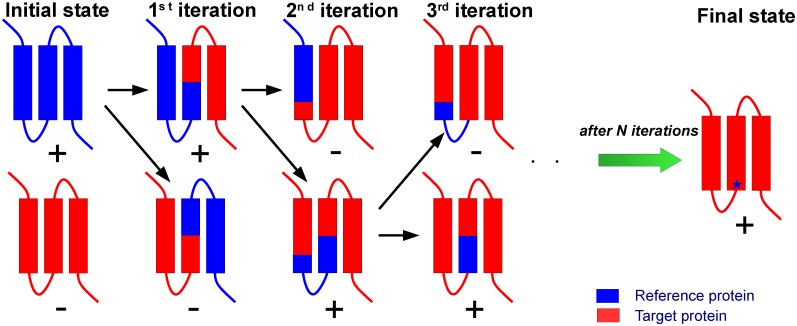Fig 1. Representation of the complementary protein approach.
Two homologous MPs reference protein (blue) and target protein (red) which have high and low (or zero) expression in a selected organism respectively. One can construct chimeric proteins (1st iteration) comprising parts of the target protein and the reference protein. Analyzing expression yields of the chimeric proteins one can determine which part of the target protein is responsible for a heterologous expression failure. In the next step, one can divide this part of the protein and construct the next chimeric proteins (2nd iteration). Acting in the same manner one can finally localize the problem of the lack of high yield expression of the target protein (showed as blue star) in a limited number of steps. One can estimate the required number of genetic constructs as 2∙log2N instead of 2N point mutations in the case of a random search for the problematic parts of a protein responsible for the failure of the expression, where N is the number of amino acids in the target protein.

